Recent Articles
Popular Makes
Body Types
10 Things You Should Know About Car Leasing
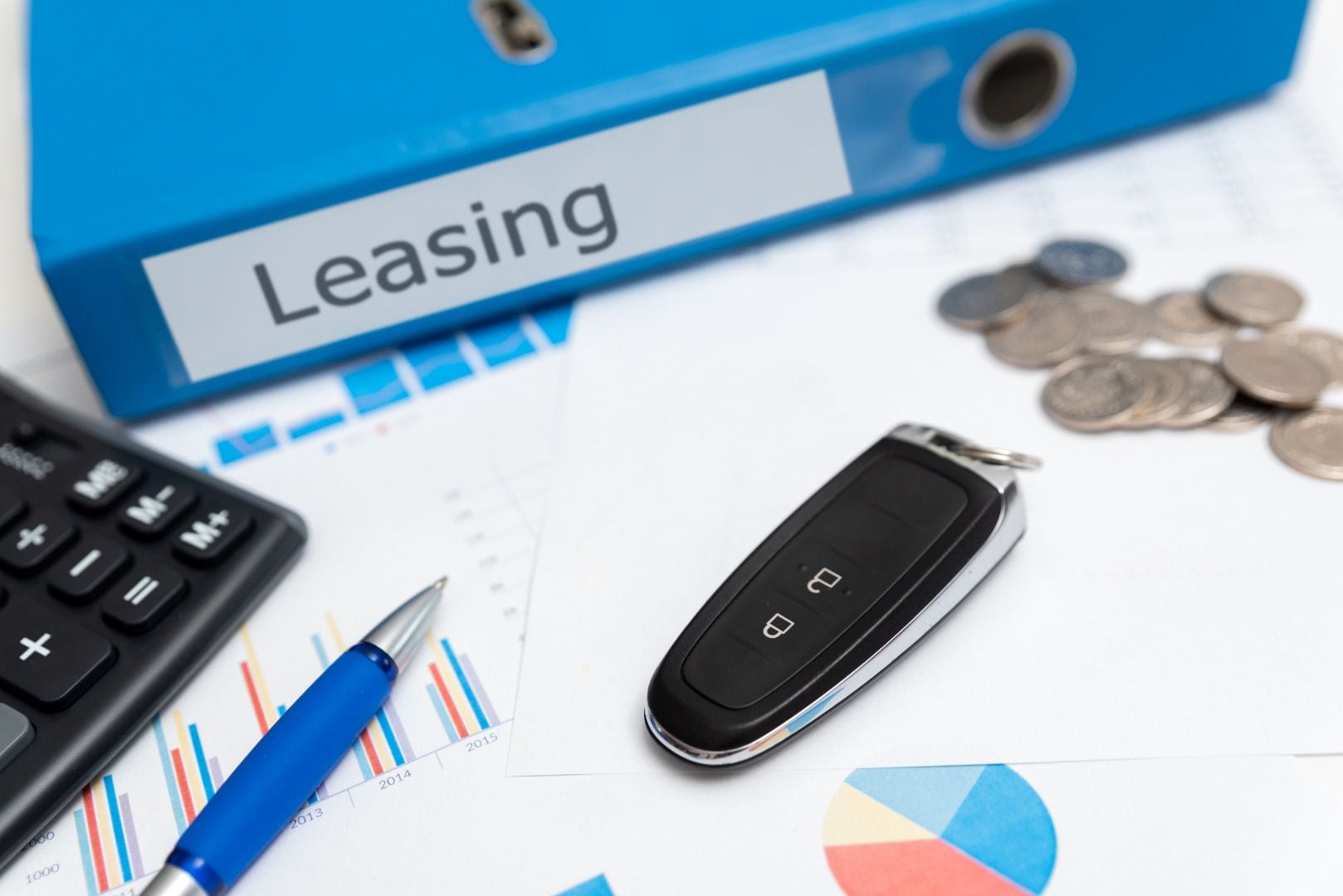
Vehicle leasing ・ Photo by Adobe Stock
In the last decade, leasing has grown more popular with consumers. It’s estimated that between 25 percent and 30 percent of those who will take delivery of a new car, truck, SUV, or minivan this year will lease it rather than buying it.
The major reason for leasing’s popularity is that it offers consumers lower monthly payments than those associated with purchasing the same vehicle. Many people assume the lower monthly payments mean a lease is a better deal than a purchase, but that is a very simplistic way of looking at the transaction. The monthly payments are lower because consumers are not purchasing their vehicles. Instead, lessees are contracting for their use over specified periods of time for specified amounts of money per month. That could well be perfectly OK with them, but it is not the lowest-cost way to obtain transportation. Here are 10 things you should know about car leasing.
1. Arcane Terminology
One thing about leasing that mystifies many consumers is the terms associated with it. They aren’t intentionally confusing, but their effect is to make it more difficult for consumers to understand and negotiate.
One key term is “capitalized cost.” That is simply the price the leasing company will pay for the vehicle when the consumer assumes the lease. It is an important factor in determining what the consumer’s monthly payments will be. The lower the capitalized cost the lower the monthly payments, all other things being equal. Several things can lower the capitalized cost, and they are lumped into a category titled capitalized cost reduction. One example is a manufacturer's cash-back offer. Another is an initial payment made by the lessee. The initial payment is not technically a down payment, though, because it does not buy any ownership in the vehicle.

2. Residual Value
The residual value is the estimated value of the vehicle at the end of the lease. It and the capitalized cost less any capitalized cost reduction are the key values that go into calculating the cost of the lease.
Essentially, one sum that is financed in the lease is the difference between the capitalized cost and the residual value. This is the depreciation on the car over the term of the lease, most typically three years. The higher the residual value, the less expensive the lease will be. Therefore, cars with the best resale value should be less expensive for consumers to lease than others. Another sum that must be financed is interest on the amount the leasing company pays for the vehicle being leased. Figuring this requires a somewhat complicated bit of math that involves the money factor, which is also called the lease factor or lease rate.
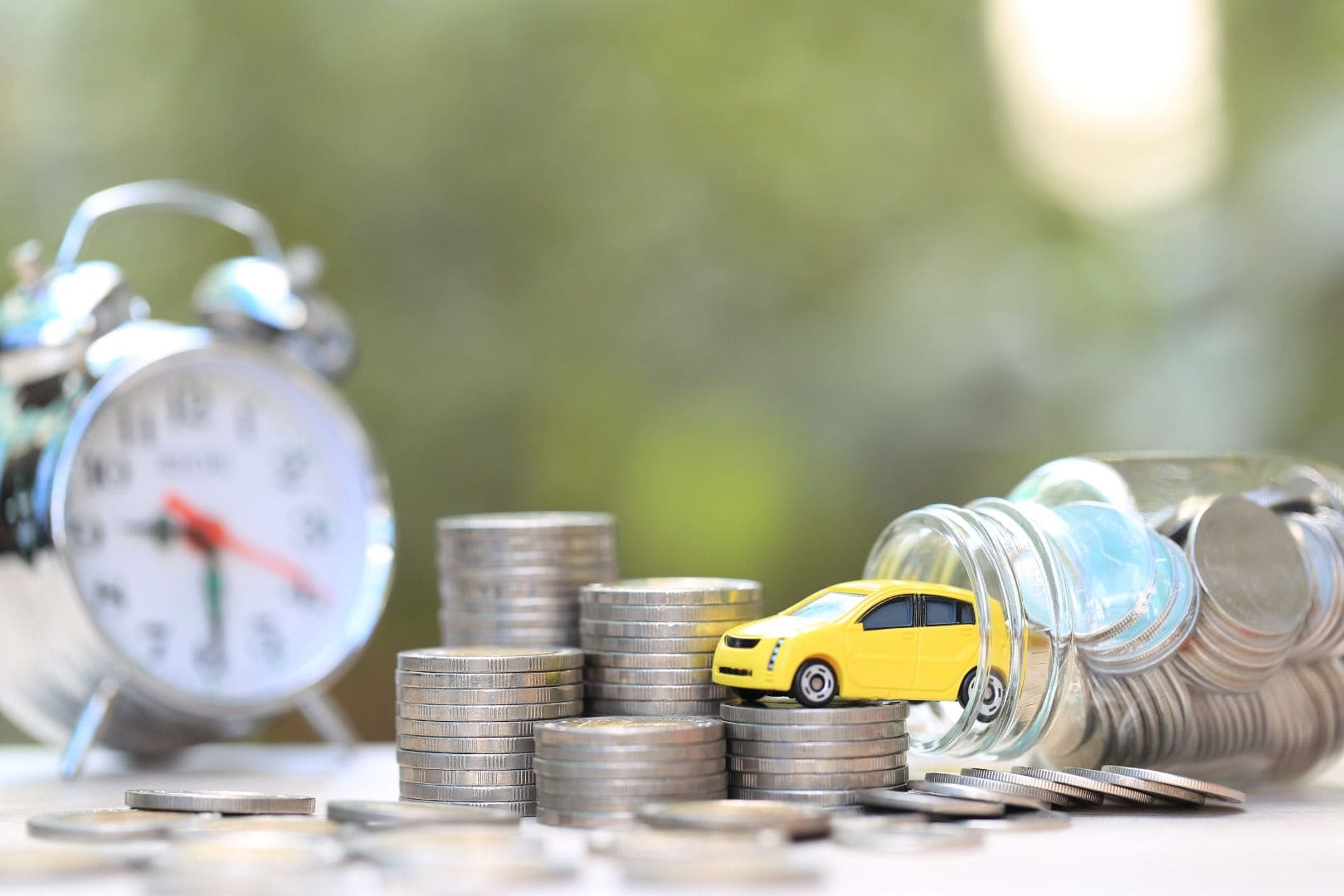
Photo by Monthira - stock.adobe.com
3. Money Factor/Lease Factor
The money factor, lease factor, or lease rate is an algebraic expression of the interest rate on the lease, but it is not expressed as an annual percentage rate, the way you would see it in a car loan. You can determine the money factor by expressing the interest rate as a decimal (for instance, 10 percent = 0.1) and then dividing that number by 24.
Conversely, you can take the money factor and determine the interest rate it represents by multiplying it by 24 and then converting the resulting decimal to a percentage. Looking past the complex mathematics, it is very valuable to understand the interest rate you are being charged on the transaction. It is negotiable, although very few consumers even attempt to negotiate a more favorable rate.
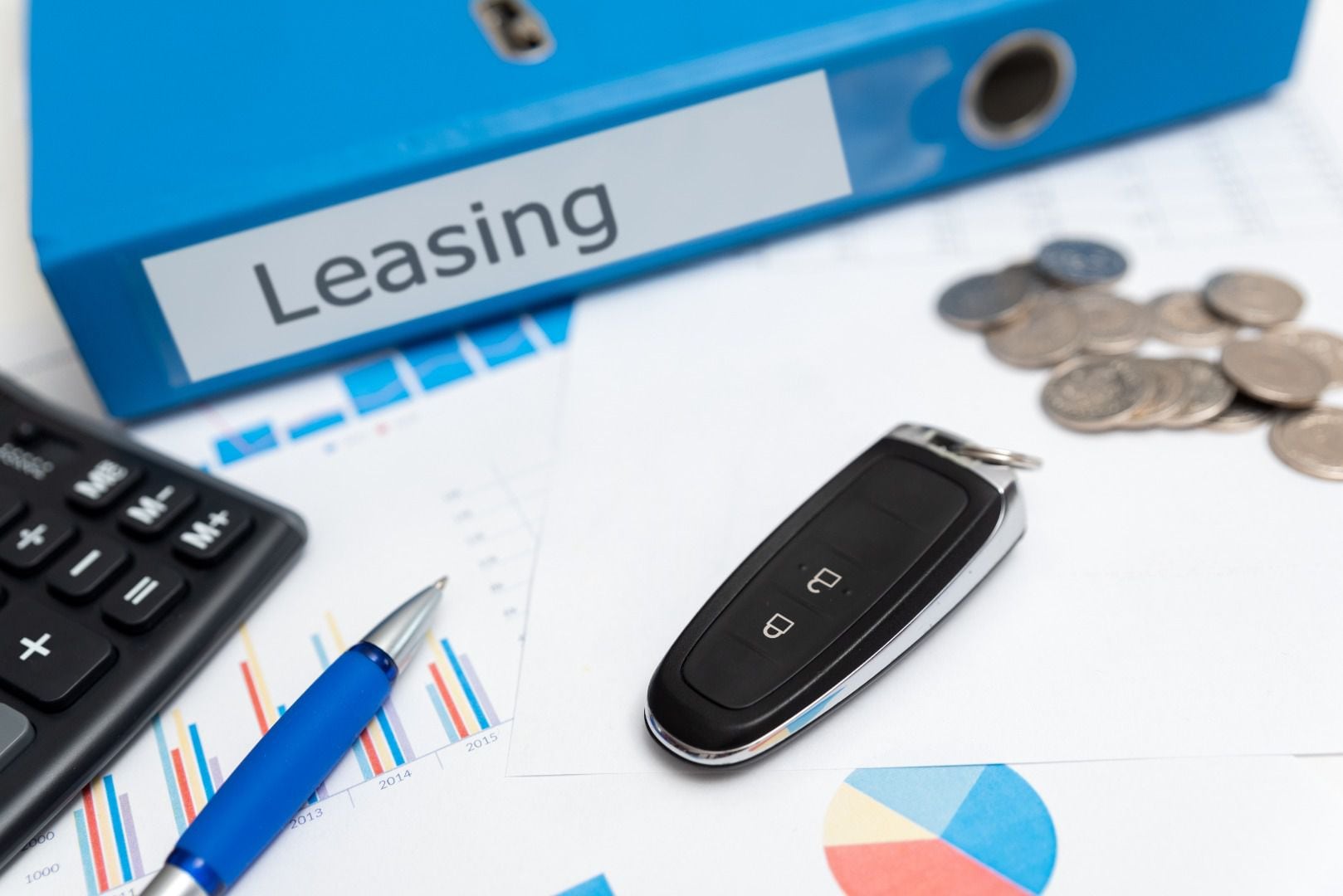
Photo by Adobe Stock
4. Mileage Matters
A key piece of information that is valuable to understand about leasing is that though you take delivery of the vehicle, you don’t own it. Essentially the leasing company is your landlord. And like a landlord, it expects the vehicle to be in very good condition when you move out.
One way leasing companies try to assure themselves of this is by limiting the number of miles the lessee drives it. In a typical three-year lease, the lessee is restricted to driving 36,000 miles or an average of 12,000 miles per year. Increasingly, carmakers are offering promotional “low-mileage” leases that limit lessees to 30,000 miles. Those lessees who exceed the mileage limits will find themselves charged for each “excess mile,” and the charge is not inexpensive. As you negotiate a lease, make certain you can live within the dictates of the mileage limits.
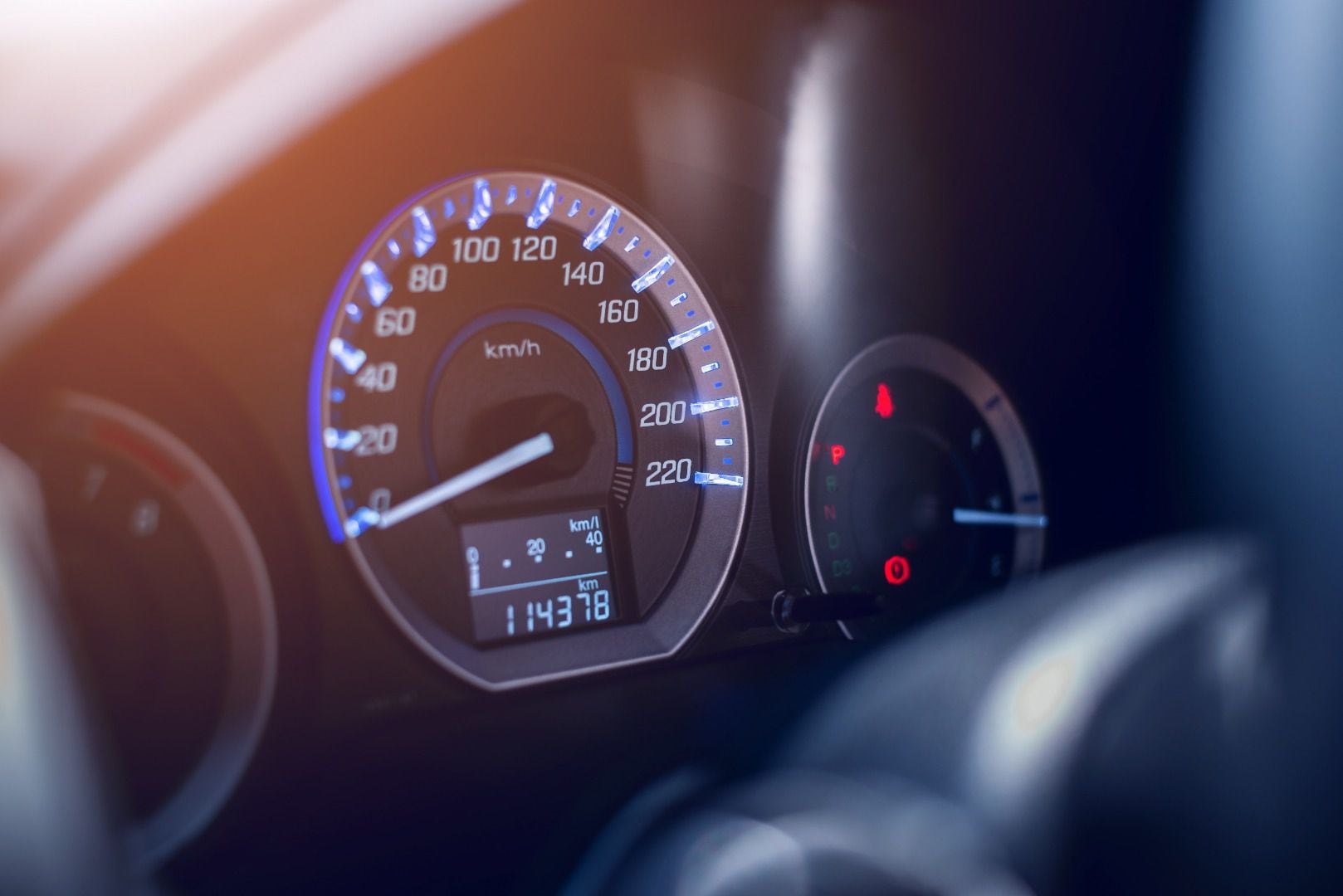
Photo by Songwut Pinyo - stock.adobe.com
5. Insurance Required
Many lease contracts require the lessee to carry a specified level of insurance to protect the value of the car for the lessor. Often this level is higher than a consumer would purchase for a similar car if there were no lease involved. Then there is the issue of so-called gap insurance. Gap insurance is coverage that is designed to pay off your lease if your vehicle is totaled or stolen and you owe more than its depreciated value (the “gap”).
Imagine your leased vehicle is stolen and the current lease payoff is $14,000. The insured value of the vehicle is $12,000 and your insurance deductible is $500. The gap amount is $2,000 ($14,000 minus $12,000). The insurance proceeds to be paid to the lessor are $11,500 ($12,000 minus $500). If you have gap coverage, you will have to pay the $500 insurance deductible to the lessor to fulfill your lease early-termination responsibility. If you don’t have gap coverage, you will have to pay the full $2,500. Note that the gap amount does not include any capitalized cost reduction you paid.
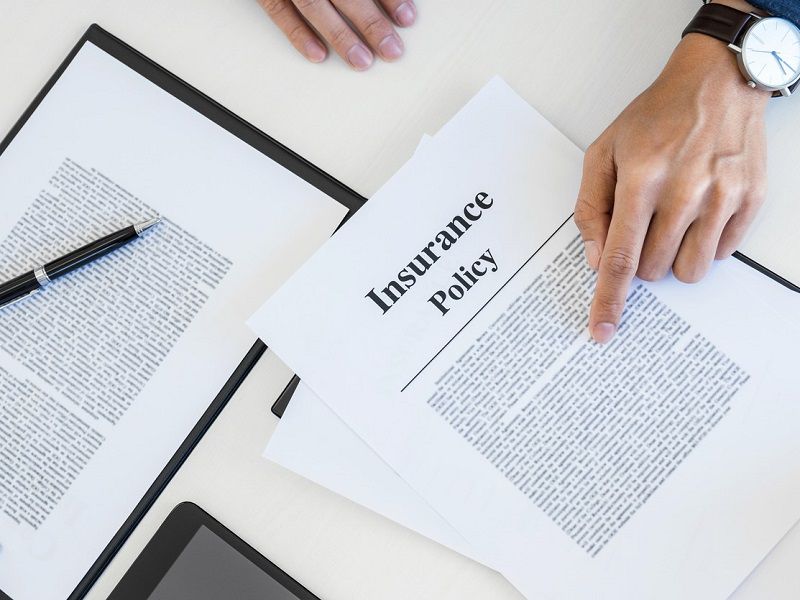
6. Negotiate the Lease
For some reason, there seems to be much less negotiation around leasing than there is around a car purchase. Some of that probably stems from the fact that the terminology around leasing is not well-understood by most people. And then there is the tradition in which the lease terms are presented in almost a take-it-or-leave-it fashion.
But you can save yourself a significant amount of money if you negotiate. Among the things that are on the table for negotiation are the capitalized cost (the purchase price of the vehicle), the interest rate on the lease, and the mileage limit. What is typically not negotiable is the residual, which is set by a firm expert in those valuations.

Photo by kodt - stock.adobe.com
7. No Money Down
An advantage of leasing a vehicle is that it shifts some of the depreciation risk from the customer to the lessor. If you make an initial “capital cost reduction” payment (what is loosely called a “down payment”) that risk is shifted back to you.
Should it become necessary for you to terminate the lease before the end of the lease term — for example, if your vehicle is stolen or “totaled” in an accident — you lose all the benefit of that pre-payment. That said, many promotional leases require a hefty pre-payment from the consumer. That certainly does not work in the lessee’s favor and should be avoided.

Photo by wutzkoh - stock.adobe.com
8. Leasing Affects Your Credit
Leasing is, in essence, an alternative way to finance a vehicle. Because of that, getting a vehicle lease affects your overall credit in much the same way as getting a car loan.
Applying for a lease triggers a credit inquiry on you, which in itself has a minor negative effect on your credit score. More important, though, getting a lease increases your credit utilization, and that adversely affects your credit score. If you make your payments on time, your credit should recover quickly. Late or missed lease payments will pull down your credit score, as they would with any form of credit.
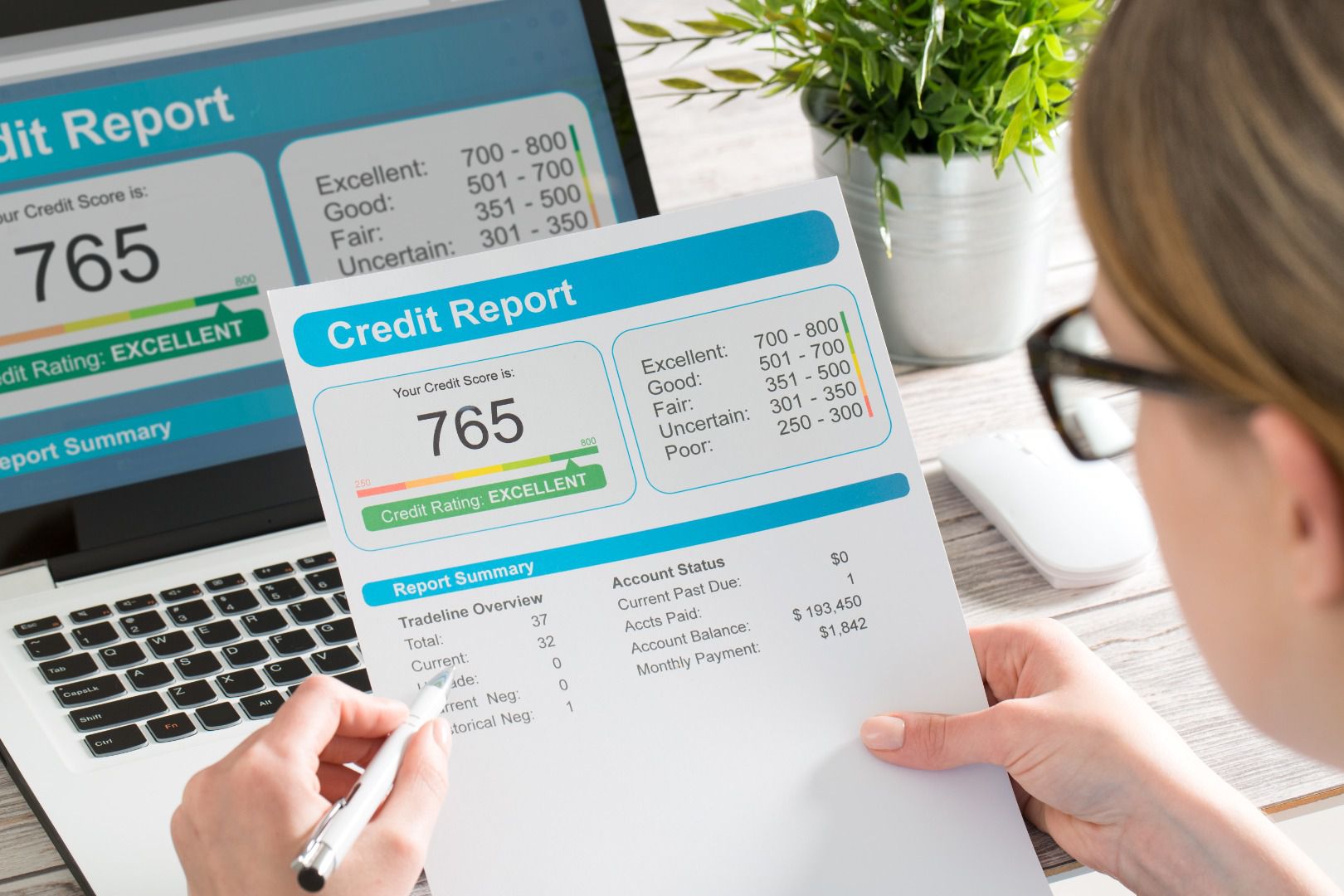
Photo by REDPIXEL - stock.adobe.com
9. Car Condition Counts
Lessors try to assure that they will get the car back in good, salable condition by putting mileage limits into the lease contract as we discussed on a previous page.
In a similar vein, they try to accomplish the same thing by requiring that the vehicle be returned in good condition with accommodation for reasonable wear and tear. As the lessee, you are advised to keep the vehicle in excellent shape, because if you don’t you could face “excess wear and tear” charges when your lease is up. You don’t want to be put in the situation of having to pull a couple of hundred dollars out of your pocket to settle such a claim. For similar reasons, you don’t want to modify the car.

Photo by Daniel Jedzura - stock.adobe.com
10. Not a Money-Saver
As we said at the outset, leasing might appear to be a money-saver because very often obtaining a lease does not require a big initial payment and the monthly payments associated with the lease are lower than if you were to buy the same vehicle. But that does not mean that leasing will save you money, because it won’t in most instances.
While leasing could ease your monthly cash flow, every dollar that goes to the leasing company is money that is gone for good. In contrast, if you buy a car, some portion of your monthly payment is getting you an increasing ownership stake in a real asset — the vehicle. Once you pay the car off, you can drive it for as long as you like payment-free. If having a new car every three years is worth the added expense, lease your next vehicle. If not, buy it.

Photo by Seventyfour - stock.adobe.com